They are called re-fracs, re-entries, re-completions and other variations on re-peat terms. Whatever the name, the purpose is the same—to re-enter an existing and declining well to access more rock and pump new life out of it—and it is becoming a much more common practice for operators.
‘Pump and pray'
There are two main types of refracs: bullhead and cemented liner. The first is less directed and therefore less costly. The second is used mainly in older wells with more untouched rock.
Garrett Fowler, COO of modeling company ResFrac, said that a bullhead refrac does not direct frac fluid.
“You’re just kind of hoping that it goes into the right place. We’ve seen great results, but it’s certainly less consistent. Sometimes we call them ‘pump and pray,’” he told E&P.
By contrast, a cemented liner refrac involves installing a new liner inside the existing casing, which covers all the previous fracs.
“Then you frac it as if it were a new well,” Fowler said.
After setting new plugs and perforating, stimulation is pumped into targeted sections of the well, usually many more than were fracked the first time, generating “a much higher likelihood of initiating new fracs” than with a bullhead. The new fracs become the point of re-entry; however, it is important to note that cemented liner refracs cost substantially more than bullhead refracs, and inventory can be limited by the size of the original casing.
Most good targets for the latter procedure are in early frac plays such as the Barnett, Bakken and Eagle Ford, where there is more unfractured rock. Permian fracking developed later, so that play has more fracs per foot, leaving less virgin rock to target with a refrac, Fowler said.
Companies are considering refracs for several reasons, according to Fowler.
“One motivation for refracs would be creating fractures where there were not fractures previously,” he said. Another reason could be to protect an existing well when stimulating an adjacent well.
By fracturing the depleted well before fracturing an infill well, “a stress barrier or boundary around that existing well is created, which helps to mitigate, or at least limit, the severity of the interaction between the infill and the existing well,” he said. Without that barrier, the child well could rob productivity from the parent.
Additionally, he said this “protective refrac” also can add to the fracture area in the existing well, which is likely older and might have fewer original frac zones, which leaves some rock untapped.
Why is refracturing growing?
Fowler credits de-risking of refrac technology for much of the growing interest in revisiting older wells, noting that public information, including a 2022 Department of Energy-funded consortium of operators that gathered diagnostics on refrac procedures through the Hydraulic Fracture Test Sites projects in the Eagle Ford and elsewhere, has helped de-risk the technology.
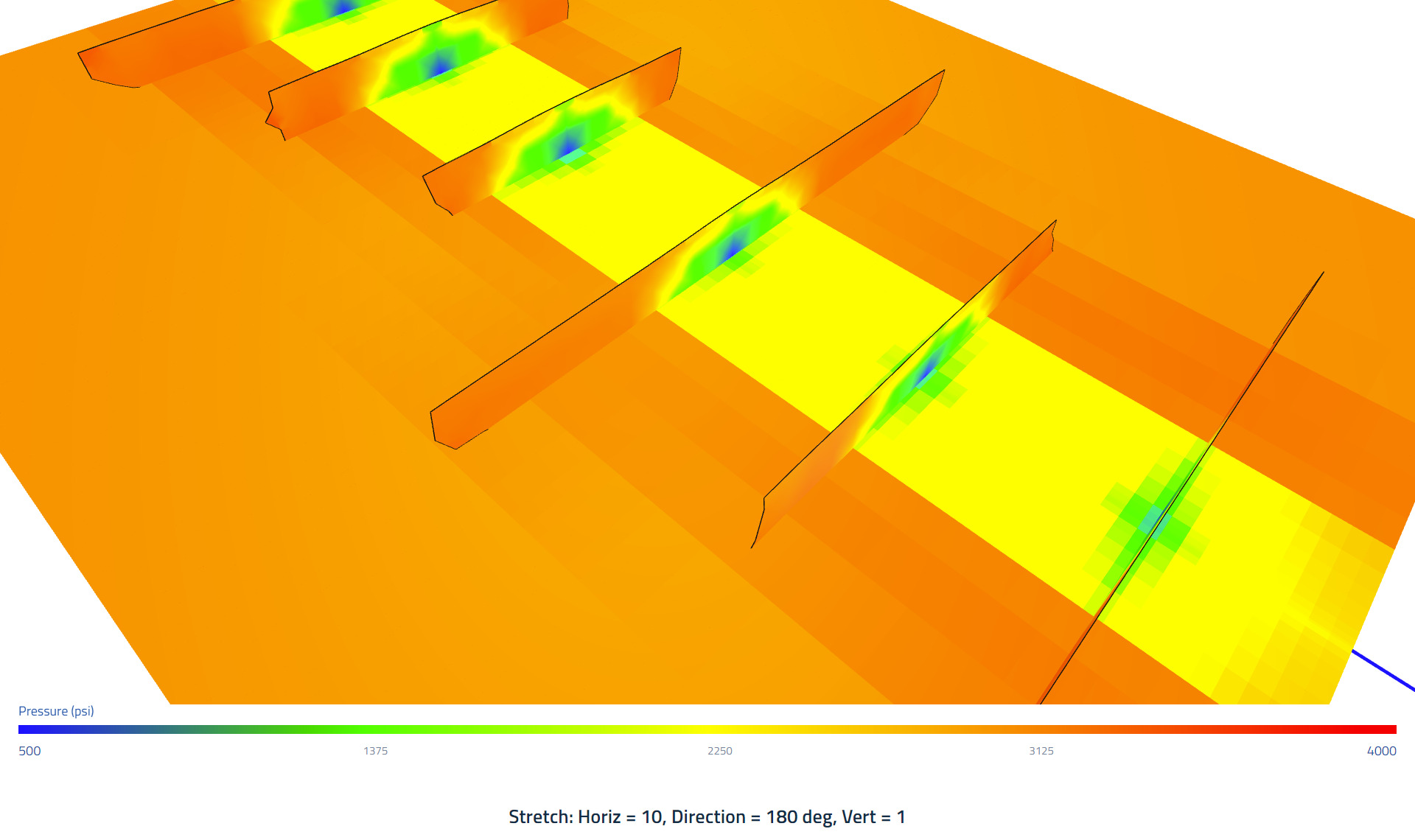
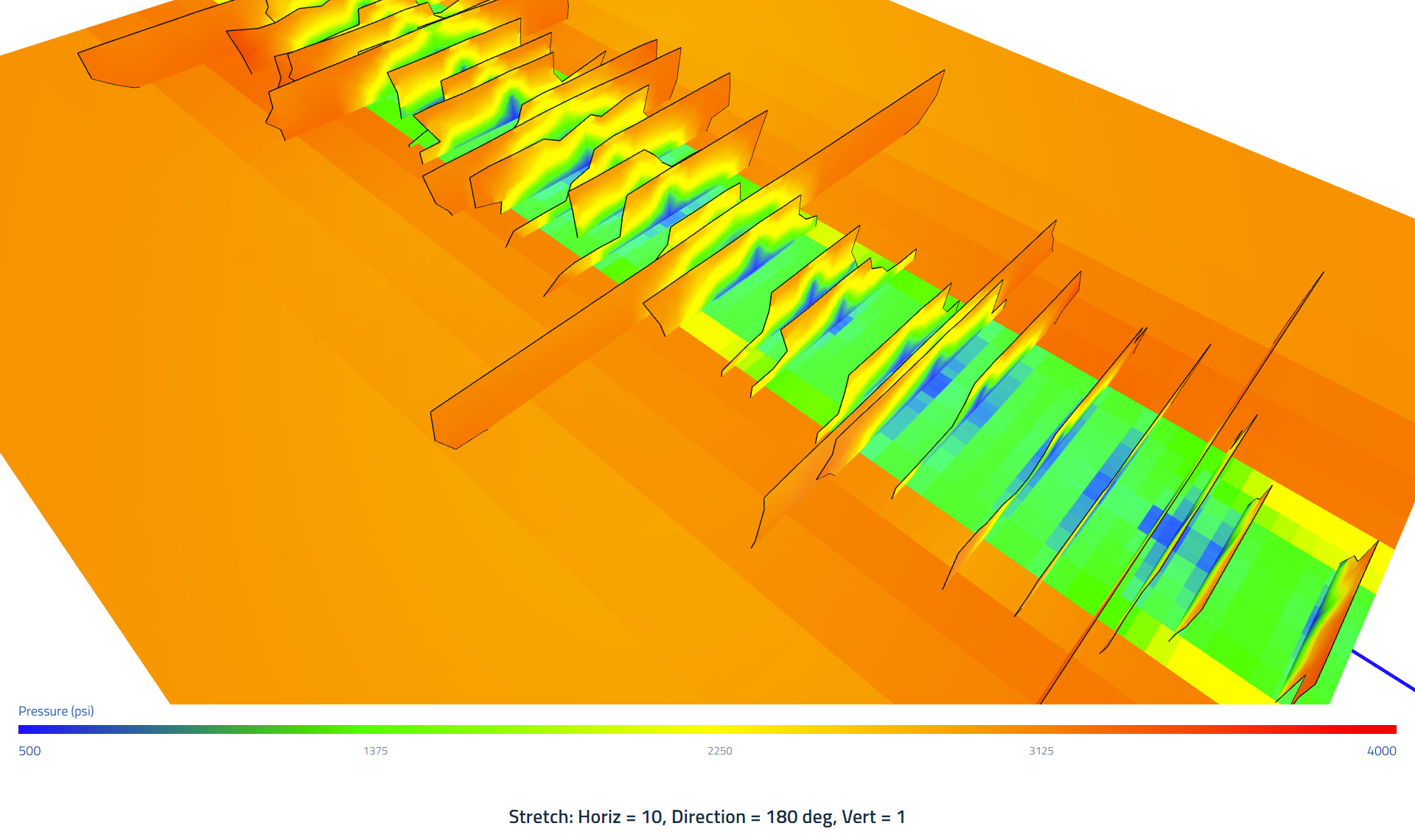
Boosted by tech, economics
Another boost comes from how far the technology has come since its early days. In the Bakken, the birthplace of most modern fracturing, early fracs were few and far between. They were completed with openhole procedures, which limited isolation, “roughly producing one fracture every 300 feet,” Fowler said.
Fractures in 2024, on the other hand, involve 15-ft to 25-ft cluster spacing.
The result is “there are potentially 10-20 times more initiation points per unit of lateral length,” he said.
Fowler sees the decreased spacing as an evolution in economics and in tools.
“We’ve gotten better at strong tools that can withstand higher pressures, and we can isolate more sections downhole, etc. Simultaneously, that evolution of technology has resulted in those technologies becoming much cheaper,” he said.
Even so, every additional frac adds dollars to the completion cost. Operators must weigh the financial balance of how much more to invest because there are diminishing returns. “The optimal decision is rarely to have 15-ft cluster spacing with 5,000 pounds per foot of proppant and 70 bbl/ft of fluid, because you may not get the requisite economic return on that investment,” Fowler said.

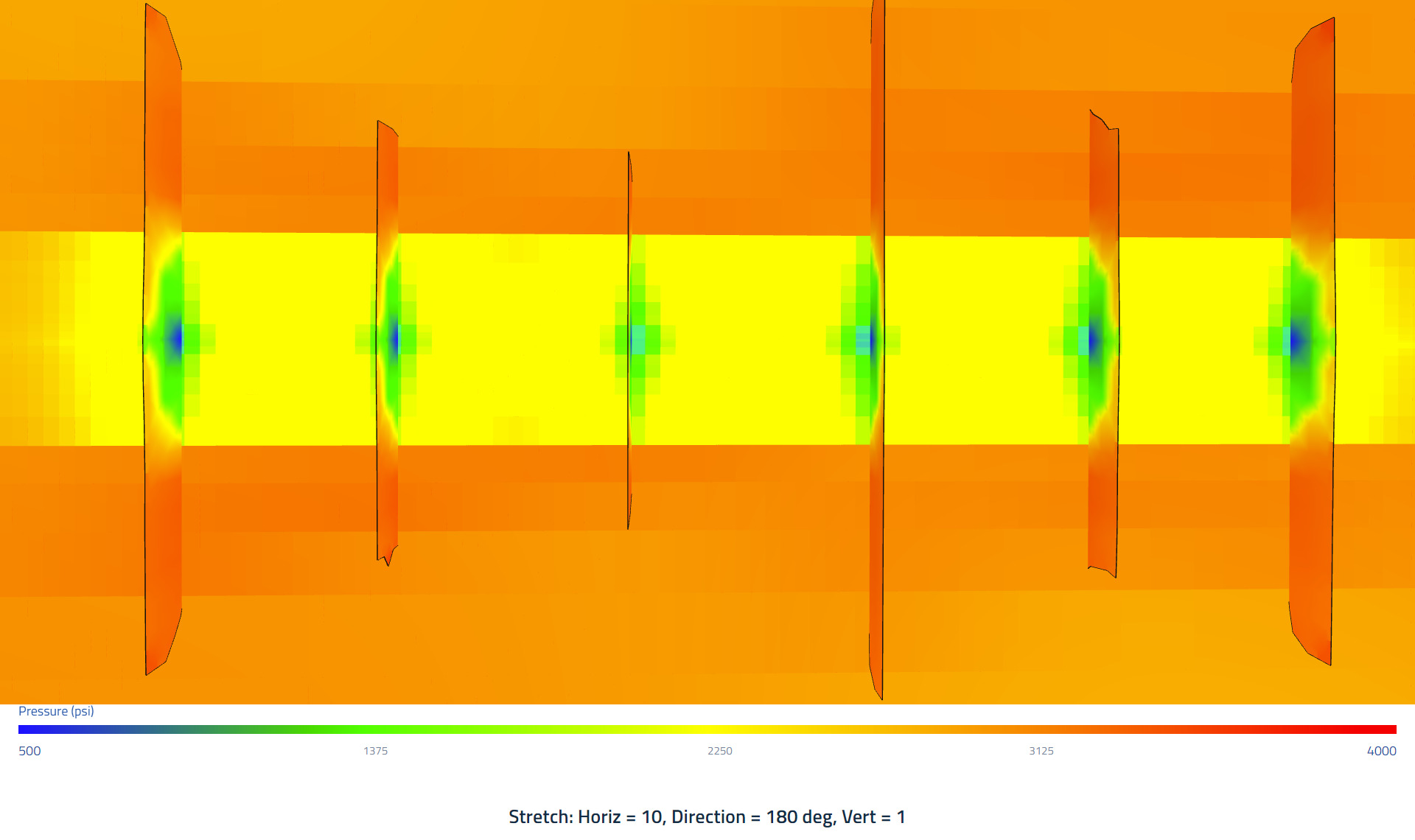
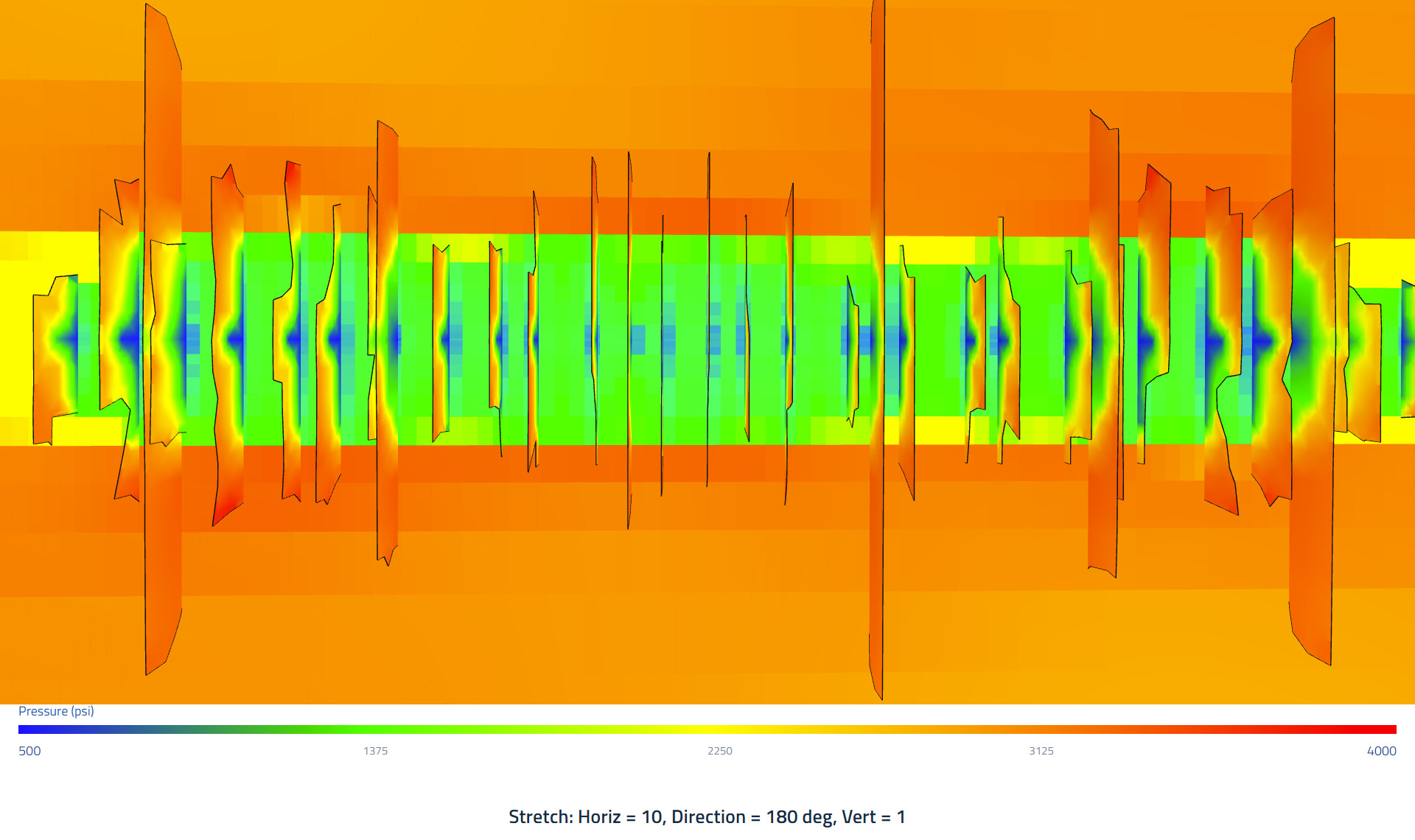
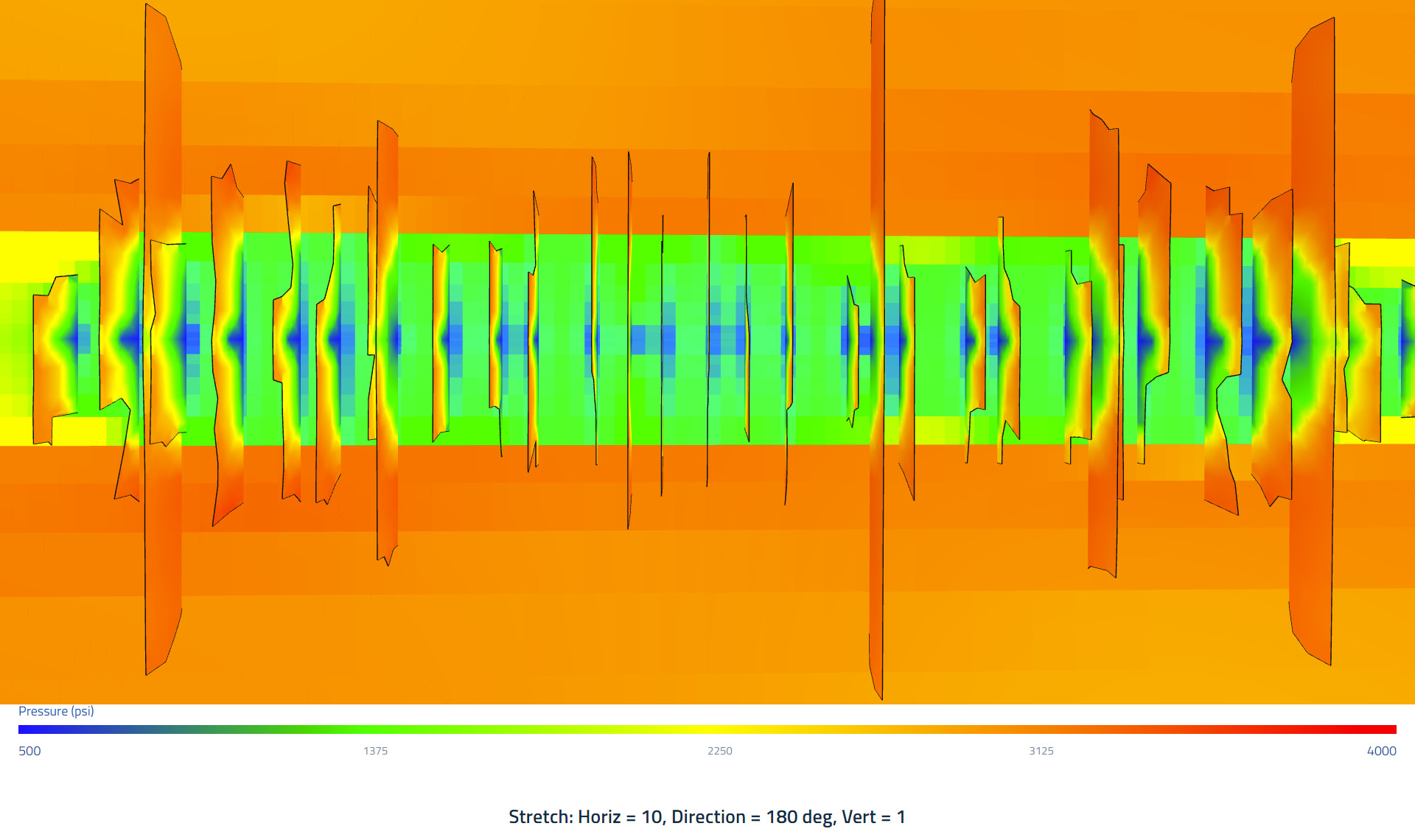
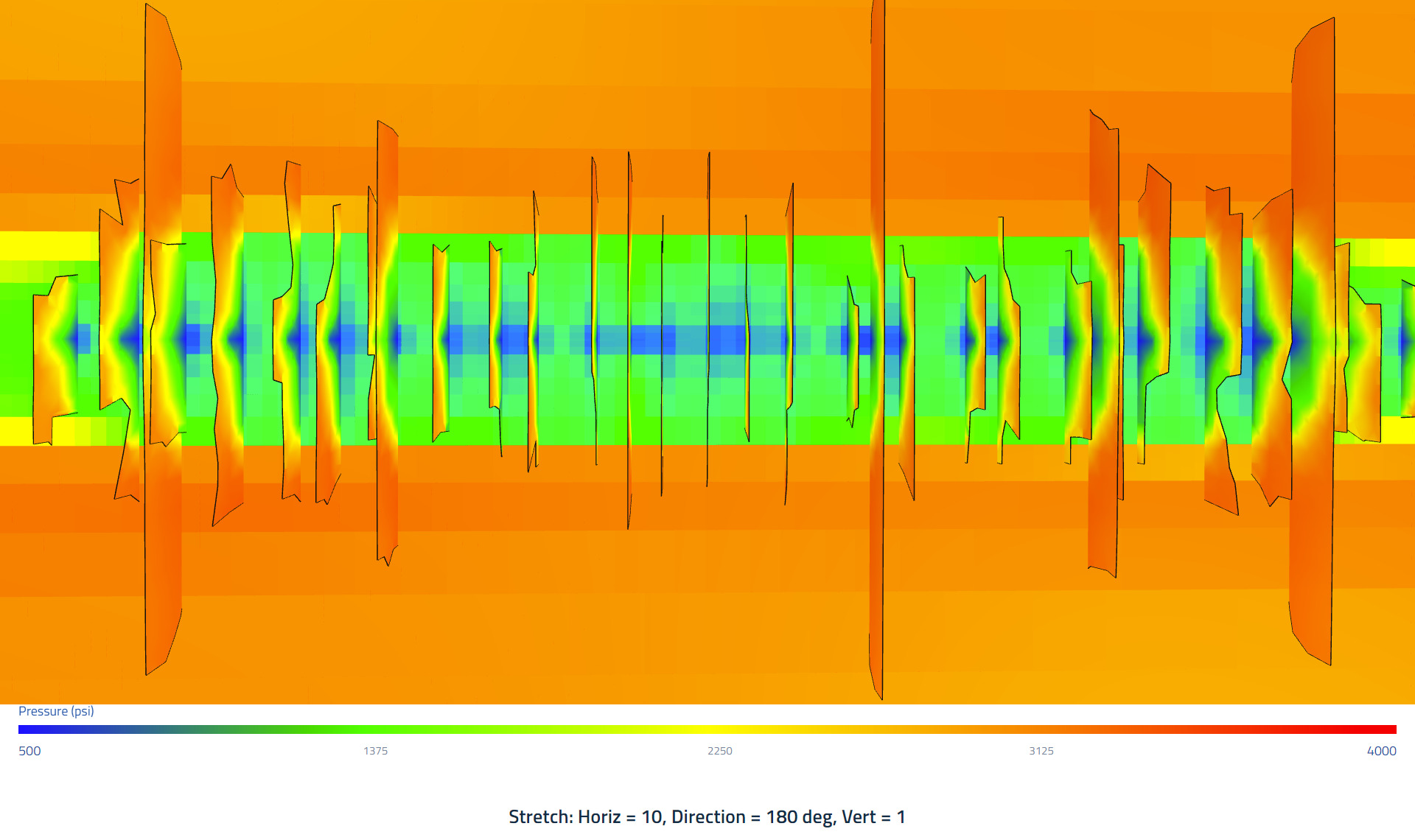
Deciding how to recomplete
Whether and how to refrac revolves around economics. In short: Will the procedure net enough additional production to boost the bottom line?
For Geoffrey Gullickson, technical adviser for Halliburton, it comes down to “service intensity buckets,” which take into account the time and cost of doing a refrac. Deciding among the common refrac approaches, including pipe-in-pipe or casing-in-casing reentries or a bullhead refrac, which would include chemical treatments, is what Gullickson calls “the holistic view of recompletions at large.”
Bullheads are more general, involving no relining of the well. “The bullhead is very common in the Bakken-Three Forks system and has started gaining popularity in the [Denver-Julesburg] Basin as well,” Gullickson said, adding that the Eagle Ford and Haynesville have also seen this method succeed.
Chemical treatments have been increasing in popularity there as well, “as they’re very low in service intensity and fall under the pale of almost classic production type work,” he said.
The more costly pipe-in-pipe method, where a new pipe covers old fracs to create an entirely new frac design, tends to be most effective on wells with large spacing intervals, he said, while bullheads are more appropriate for recent wells with more frac zones.
To put it simply, frac spacing is the key factor in deciding what type of refrac to employ, Gullickson said.
“Those decisions really come down to how much effective white space is left in the reservoir, and the value proposition of that white space against the intervention risks and the financial figures associated with the refrac,” he said.
According to Gullickson, some of the breakout successes since 2017, were not due to a macrostatistical approach. Rather, it has been “empirical modeling that has matched the actual physical response of treatments against some of the more service-intensive diagnostic tactics” used, such as fiber-optic technologies and radioactive tracers in bullhead refracs to understand how to get better distribution, he said.
Life-of-well planning
Many refrac candidates are several years old, although some are a decade or more.
“There’s a concept of maintenance, almost like an ‘early and often’ approach with restimulation that has proven incredibly effective in increasing overall asset value and also in estimated recovery,” Gullickson said.
This is especially true for Tier 2 wells whose profitability is on the line in terms of production, he noted.
In a well’s earliest planning stage, Halliburton now recommends “a life-of-well operations plan” to aid in the long-term production effort, he said. That plan extends to anticipating future refracs as the technology continues to improve.
Sealing previous fracs
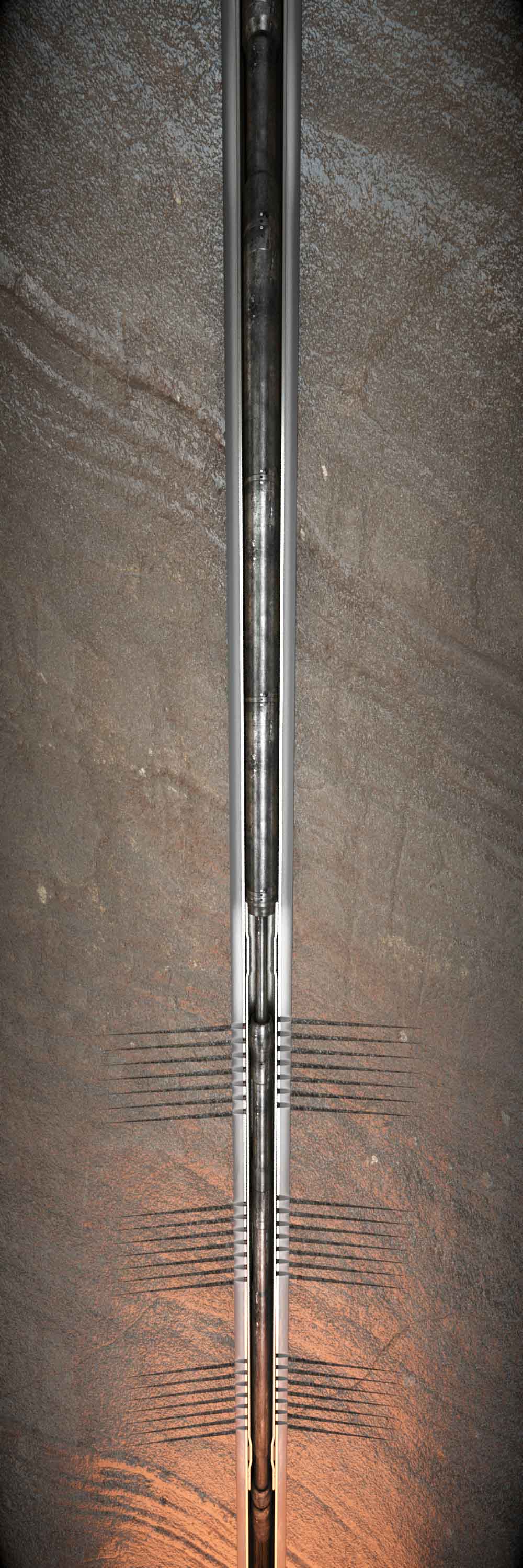
Most non-bullhead refracs involve cementing and relining the entire well to keep old fracs from absorbing the proppant from the new one. This procedure, while very effective, is costly, especially for wells with long laterals, said Scott Benzie, CTO of Coretrax, a company that has developed a system for using expandable pipe to reline the existing perf clusters, eliminating the need to reline the entire lateral and reducing the time and cost of the operation.
Benzie notes that this system, designed for older wells with few frac clusters, can deliver considerable savings. For a 2000-ft well with four frac clusters, the system would use about 200 ft of pipe instead of the 2,000 ft required to reline the whole well.
Because it is expandable, the system retains almost all the original pipe’s inside diameter (ID), Benzie said.
Retaining the larger ID offers two advantages: First, a traditionally lined refrac can reduce fluid flow rates by up to 50%. This can increase stimulation costs because the smaller wellbore requires more horsepower to restore the flow rates. Second, retaining the larger wellbore accommodates standard downhole tools and frac plugs rather than requiring slimbore equipment, which is more expensive. The expandable pipe also can function in HP/HT environments, providing further cost savings.
Benzie explained that patches can be inserted by wireline, which means the workover rig can stay in place during the procedure, expediting the process.
“With a lot of refracs, you have to rig up and clean out the well using stick pipe or coil. Some operators have seen value using their own personnel to complete these cleanouts,” he said.
In such cases, the operator would prep the well before having Coretrax run the patches on wireline to minimize standby and spread rate costs that are typical with refracs.
Refracs do not pertain only to laterals, Benzie said, noting that a number of vertical wells also are being updated.
“There are often multiple target depths and existing perforations in such wells that need to be sealed in order to reach new rock located between the previously fracked stages or to access a newly targeted formation,” he said.

He has seen fewer refracs in old vertical wells, especially in the Permian Basin. These vertical refracs often do not require the expense of a rig.
“We’ve found ID to be of significant importance in legacy vertical assets,” Benzie said. “By using wireline patches, we help keep the wellbore ID-friendly for standard artificial lift methods, eliminating the need for pumps to be moved uphole, along with the need for a redesign of production equipment that has previously been optimized to match a standard wellbore configuration.”
Patches are an option for new wells, too. If the casing ruptures, sleeves open prematurely, or if the original perforations are placed incorrectly, patches can rescue a well from a major and expensive workover right at the start, Benzie said.
Recommended Reading
What's Affecting Oil Prices This Week? (March 3, 2025)
2025-03-03 - For the upcoming week, Stratas Advisors expects oil prices to continue bouncing around but overall trend upward.
What's Affecting Oil Prices This Week? (Feb. 10, 2025)
2025-02-10 - President Trump calls for members of OPEC+ and U.S. shale producers to supply more oil to push down oil prices to the neighborhood of $45/bbl.
Oil Prices Ease as US Tariffs On Mexico Paused for a Month
2025-02-03 - WTI crude futures were down $0.04, or 0.01%, at $72.49 after climbing as much as 3.7% earlier in the session to reach their highest since Jan. 24 at $75.18.
What's Affecting Oil Prices This Week? (March 10, 2025)
2025-03-10 - Prices were weighed down by concerns about economic growth, in part, because of more tariffs being imposed by the Trump administration, and OPEC+ reiterating that its production cuts would start unwinding in April.
What's Affecting Oil Prices This Week? (March 31, 2025)
2025-03-31 - For the upcoming week, Stratas Advisors predict that the price of Brent crude will move sideways and struggle amid concerns and uncertainties about the impact of the tariffs imposed by the Trump Administration.
Comments
Add new comment
This conversation is moderated according to Hart Energy community rules. Please read the rules before joining the discussion. If you’re experiencing any technical problems, please contact our customer care team.




